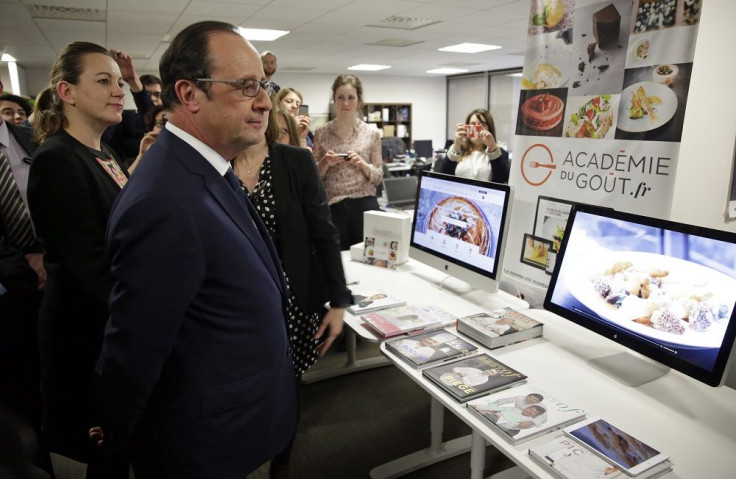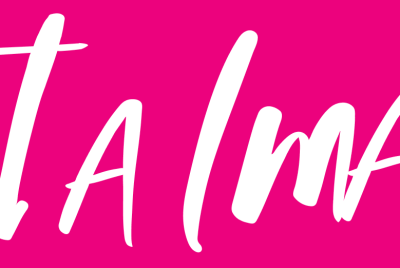The science of content curation: Has it changed the publishing industry?

Over the years, Flipboard has become the archetype of the contemporary content curation segment. It may not be the first to come out in the industry, but it is the most recognisable among the many curating apps on the market today — and when we say “curating apps,” we are talking about those that carry and disseminate content (articles, blog posts, journals, even videos) from various Web sites.
Flipboard, which focuses on distributing online magazine content, has somewhat altered the readers’ consumption habit. The “magazine of magazines model” has enabled readers to get all their favourite journals in one app, with content updated regularly and simultaneously as it is published on its parent site. For the professionals who love to read but simply can’t because of their hectic schedules, or even to the couch potatoes who are just tad lazy of accessing their beloved magazines’ respective sites apiece, Flipboard is a godsend. It eliminates the search process: users just have to swipe again and again until they find what they think is read-worthy.
Flipboard’s success stirred up a content curation competition in 2011 with Pulse and Zite. It was so successful that it paved the way for the creation of other similar models in the succeeding years. Five years later, Flipboard has already established itself as a giant in the segment, making itself an attractive acquisition target for industry behemoths like Google, Yahoo, and Twitter. In 2013, the company announced that it has obtained a market valuation of $800 million (AUD$1.07 billion) after raising $50 million (AUD$66.8 million) from investors, including Goldman Sachs and Rizvi Traverse Management. Practically speaking, the company is now several notches richer than the publishers it curates, but nobody seems to care. The reason is simple: Publishers see the social magazine as an effectual way to get noticed — Flipboard has more than 50 million readers , after all.
Of course, there have been publishers that found Flipboard’s style distasteful. In July 2012 , Talking Points Memo withdrew its Flipboard deal after realising that it couldn’t adhere to the ad-selling clause for it to make money on the platform. But the issue has been forgotten as Flipboard seems to embrace its vision of resurrecting and helping the publishing world. As of today, after several pullouts following the TPM issue, it remains one of the biggest content curation platforms on the market —perhaps not only one of the biggest, because it is now enjoying a challenge from the media behemoth Apple, which is popular for challenging a segment’s reigning leader. Lo and behold: there’s now a thing called Apple News .
So, are content curation platforms the publisher’s enemy or friend?
Content curation platforms have changed the publishing industry and helped publishers in many aspects. The most obvious of which is that they save news companies from the arduous task of redesigning their websites for smartphones and tablets. Then there’s the mobile phone audience, which they can enjoy the moment they made it to the platform’s list of partners. Content curation apps are a powerful marketing tool for online publishers, especially to the smaller ones that really need a marketing and readership boost. And for the giant ones that have long been enjoying a sizeable readership in their own online premise, it is all about expansion and duplicating the figures.
In simpler terms, content curation apps have become the new newsstands and newspaper boys of the digital world. The only difference is that these are faster and have a targeted approach in terms of hitting a specific audience. Most curation apps today give the user the freedom of choosing which publication gets to their “feed” — or publisher list — and what kind of article from the publisher they would get. Everything is customized and tailor-made to the reader’s preference.
An emerging player in the segment, Born2Invest, might be the next Flipboard of business news. The app powered by digital marketing company M6 Limited promises to be the next digital newsstand of the most reliable business/finance publications on the Web. Perhaps the best thing about Born2Invest is that it will never run with ads, which are proven to be a major turnoff for most content curation app users today.
Unlike its predecessors, the business-centric app will provide an 80-word (or less) summary of the article on a beautifully designed screen, leaving the audience the freedom of either reading the full story on the publisher’s site or just moving on to the next curated article. This unique methodology, as opposed to that of NewsRepublic or SmartNews , saves a lot of time. With this, readers don’t have to waste time on going through the entire article to find out what it is really all about. And this is quite advantageous for the publishers since the summary serves as a “marketing pitch” for their article — something that they don’t get from search engines and other content curation apps.
The company also adheres to the “always fresh” rule. The app is updated on a “business day” basis, as the company understands that this is how the finance and investment world works — fast, ever-changing, and continuously updating. Hence, the design of the app — user-friendly, digestible, readable, navigable, and aesthetically beautiful. No pop-up screens, no side bar and hidden ads, no sign-up requirements, no clutter. It is designed for the busy professionals who barely have time to spend a minute or two on social networking sites. It is, according to the company, “the noiseless, all-substance app for business, finance, and investment.”
Apart from the stories from respected finance publications on the Web, it will also be curating content from its own arsenal of finance and investment-centric articles. The company has long been writing articles on the finance world in the aim of presenting the investment side of a particular industry and encouraging people to learn about the rudiments and technicalities of investing. And this is also one of the reasons behind the app’s inception: owners Adrian Beeston and Dom Einhorn believe in the importance of having a vast understanding of how money really works, knowing about saving wisely, and having a full knowledge of investing.
For the publishers, Born2Invest is another way to present their app on newer audiences, especially the younger ones. The new finance curating app specifically designed for the young market could give publishers a boost in terms of obtaining readers and investors outside the Baby Boomer/Gen X sector. With Born2Invest, they obtain the opportunity of getting a slice of this segment, which include the Millennials and the Yuccies .
Content curation apps, in one way, is a better alternative to skimming through Facebook and Twitter feeds that contain updates and posts from the user’s Followed Brands. It is also another way of getting rid of comments that may affect the reader’s reading habit. These digital newsstands are all about the reader and the article.
The publishing companies are aware of what really is behind the content curation trend. For those who can’t afford to generate advertising on its Web site, partnering with a content curator is a good move because it saves them a lot of time and money. On the other hand, giant publishers like New Yorker or AV Club know that it is all about expanding their already-sizeable readership by utilizing these apps’ enormous audience.
However, publications such as The Financial Times and The Economist that rely on subscription revenue still need to retain native or web apps for full access. But they can utilise the unique capabilities of content curation apps to push a particular set of content to produce ad revenue and entice subscriptions. Also, media companies that depend solely on ads can also partner with content curating apps to boost their presence across the Web and improve their revenue, the same way they do with regular browsers.
Partnering with a content curating company is no longer a question of plausibility: Everyone knows that people no longer read as they were in the past, and these digital newsstands are the closest thing to bringing these people back to reading and to hoping that these people would start resurrecting their reading with them.
What publishers need to do is to scrutinise the curation platform first — if it could really deliver and if it is not just about making money. Because the moment a publisher partners with a content curation app, it becomes its representative outside the premises of its Web site — that means it could make or break the publisher’s brand and reputation.
As Matthew Ingram of Gigaom once wrote , “ That’s just the reality of the content business, and it is something publishers have to come to grips with.” Thus, the ball is in the publishers’ court now.





















